Dog droppings aren’t just smelly, they can also be filled with harmful diseases that can affect both humans and other dogs. Some are bacteria-based, such as: E. Coli, Salmonella, and Campylobacteriosis. All three of these diseases are considered zoonotic, therefore can also be transferred to humans.
Dog poop can also be filled with intestinal parasites like: roundworms, tapeworms, coccidia, giardia, hookworms, whipworms, and Cryptosporidiosis; all of which are extremely contagious to other dogs.
- Dog poop can spread harmful diseases to dogs and humans.
- Installing a fence is an effective way to keep dogs out.
- Dogs dislike smells like vinegar and cayenne pepper.
- Motion-activated sprinklers can scare away pooping dogs.
- Communication with neighbors can resolve the poop problem.
Humans also have the potential to contract roundworms, hookworms, tapeworms and giardia.
Additionally, parvovirus can also be passed dog-to-dog through canine fecal matter. Nicknamed “parvo”, this deadly virus can be highly fatal or require extensive hospitalization to ensure a full recovery.
Being well-versed on these various, communicable diseases can be vital in supporting your goal of preventing any dog from using your property as their own, personal toilet.
The information provided herein is for informational purposes only. Please refer to our disclaimer for more details..
- Stop Dogs from Pooping in Your Yard
- Option 1: Install a Fence or a Natural Barrier to Eliminate Dog Waste
- Option 2: Use Unpleasant Scents to Deter Dogs From Your Property
- Option 3: Offer Waste Bags for Dogs Entering Your Yard
- Option 4: Utilize Ultrasonic Devices
- Option 5: Install a Sprinkler System
- Option 6: Communicate Your Concerns to Your Neighbor
This post may include affiliate links.
Stop Dogs from Pooping in Your Yard
Image credits: Unsplash
Imagine looking out your front window as you admire the beautiful day outside. Kids are playing, the neighborhood is lively, and it’s the perfect day to walk your dog. Just then, you notice a dog owner is letting his fluffy companion squat in your yard.
No, this isn’t an exercise-based squat, and that posture can only mean one thing: Mr. Fluffy is pooping on your lawn right before your eyes. As a homeowner who takes pride in your lawn, naturally, you’re mortified.
How can you prevent this from happening again? Here are 6 ways to keep dogs from pooping in your yard.
Option 1: Install a Fence or a Natural Barrier to Eliminate Dog Waste
Image credits: Pixabay
Common sense tells us that if you don’t want a dog on your lawn, it’s vital to have a mechanism that keeps them out. A great and effective way to completely prevent a dog from pooping on your lawn is to install a fence so that it’s not possible to step foot on your property.
While this method is not always financially realistic, there are alternative barriers you can use such as: hedges, small bushes, medium-height flowers or even landscape rocks.
With these natural barriers, be sure that there is no space for a dog to wiggle through a gap to gain access to your beautiful lawn. Having a tight barrier, whether it’s natural or industrial, is going to be the best and most effective way to keep dogs away from your property.
Option 2: Use Unpleasant Scents to Deter Dogs From Your Property
Image credits: Pixabay
It’s common knowledge that dogs have a keen sense of smell that goes hand-in-hand with their sensitive noses. If your lawn smells uninviting to a dog, there is a high chance he will skip his pit-stop at your house to go to the bathroom.
Experts have learned that dogs dislike the smell of vinegar, cayenne pepper, rubbing alcohol, citrus, and coffee grounds, just to name a few.
Applying any of these remedies is going to be easy – just simply sprinkle, spray or dust your preferred substance around the perimeter of your yard. Or, if you want to conserve your resources, just put your scent of choice in the area of your yard that is frequented by other dogs most often.
Using one of these scents can be a superior repellent to keep your neighbor’s dog from relieving themselves on your property and could even begin a conditioning process so that they learn it is not an option to poop on your lawn for the foreseeable future.
When it comes to conditioning and training under circumstances like inappropriate defecation, you’re going to want to focus on negative operant conditioning. For example: a dog with the intention to poop on your lawn steps onto your property and immediately smells the cayenne pepper you sprinkled on your front grass. He is deterred, deeming the location no longer desirable.
As this action is repeated during his walks, he will associate the grass on your property as a place that he no longer cares for, making the negative operant conditioning successful. That’s the goal!
Option 3: Offer Waste Bags for Dogs Entering Your Yard
If you want to remain more on the passive side when it comes to your neighbors allowing their dog to use your lawn as a bathroom, offering waste bags can be a great alternative.
Just simply install a bag dispenser like the ones that are available at dog parks or pet-friendly areas. If you can’t put up a fence and don’t feel like dabbling with the scents that can deter a dog, you can give your neighbors an opportunity to clean up after their dog.
Although this method may not stop a dog from pooping in your yard, it can certainly assist in disposing of the pesky fecal matter. Sometimes, neighbors innocently leave their dogs’ droppings in your yard because they forgot their handy dandy poop bag.
Here’s your chance to eliminate that little hiccup! To be festive, you could even take the time to coordinate your dispenser with holiday seasons that you choose to celebrate! Neighbors tend to appreciate friendly aesthetics when it comes to the space they live in.
Option 4: Utilize Ultrasonic Devices
Image credits: Pixabay
Along with sensitive noses, dogs also have remarkably sensitive ears. Having this knowledge, you can help keep your lawn looking impeccable by using an ultrasonic deterrent to prevent dogs from entering your yard. There are multiple different types of devices; some can be placed in your yard with a motion sensor while others can be hand-held.
When activated, the unit sends out a high-pitch sound, inaudible to human hearing, that will alert the dog to steer clear. Rest assured, these devices do not cause any type of harm or aggressive reaction from the dog. It’s been proven that dogs don’t like high frequency noises, so they will remember your yard as a place that would not make for a peaceful potty break.
Option 5: Install a Sprinkler System
Image credits: Unsplash
Another great and innovative way to keep your neighbor’s dog from pooping in your yard is to integrate a motion-activated sprinkler system.
As soon as a dog decides to make your lawn his toilet, the motion sensors will send a spray of water through the lawn sprinklers with the intention of scaring the dog to scatter in the opposite direction of your yard.
Don’t worry, there will be absolutely no harm done to the dog! This is another useful way to incorporate negative operant conditioning for a dog to learn that they should think twice before stepping on your property, or else they might find themselves frightened and a little wet.
Option 6: Communicate Your Concerns to Your Neighbor
Image credits: Unsplash
If you have proven video footage or maintained a visual on a dog who spends time around your yard, it is best practice to simply communicate with their owner on your feelings regarding their dog doing his business on your grass. Sometimes confrontation can be uncomfortable, but not if done in a healthy, constructive, and professional way.
Be sure to make a friendly approach, state what you have observed without accusing, and compromise on a plan about how to put an end to their dog relieving themselves in your yard. You can also consider sharing your knowledge about the multiple, contagious diseases contracted through dog droppings. This can help put some heightened perspective on the matter to magnify the importance of forming a solution together.
It is also fair, on your end, to give your neighbor a heads up on the methods that you might utilize in the future to prevent the unfortunate event from occurring again. No one wants dog waste on their property, so it should be fairly easy for your neighbor to show empathy on the matter.
Find a common ground so that you and your neighbor can move forward in a positive direction, ultimately creating happy and safe environment in the neighborhood for humans and dogs alike.
2Kviews
Share on FacebookThe first step should be: communicate!!! You know, most dog owners can talk, are kind and don't want to cause trouble. So don't be afraid. Before you start spending money on signs, expensive fences or a sprinkler system, you can simply start a friendly conversation about what bothers you.
The first step should be: communicate!!! You know, most dog owners can talk, are kind and don't want to cause trouble. So don't be afraid. Before you start spending money on signs, expensive fences or a sprinkler system, you can simply start a friendly conversation about what bothers you.

 Dark Mode
Dark Mode 

 No fees, cancel anytime
No fees, cancel anytime 




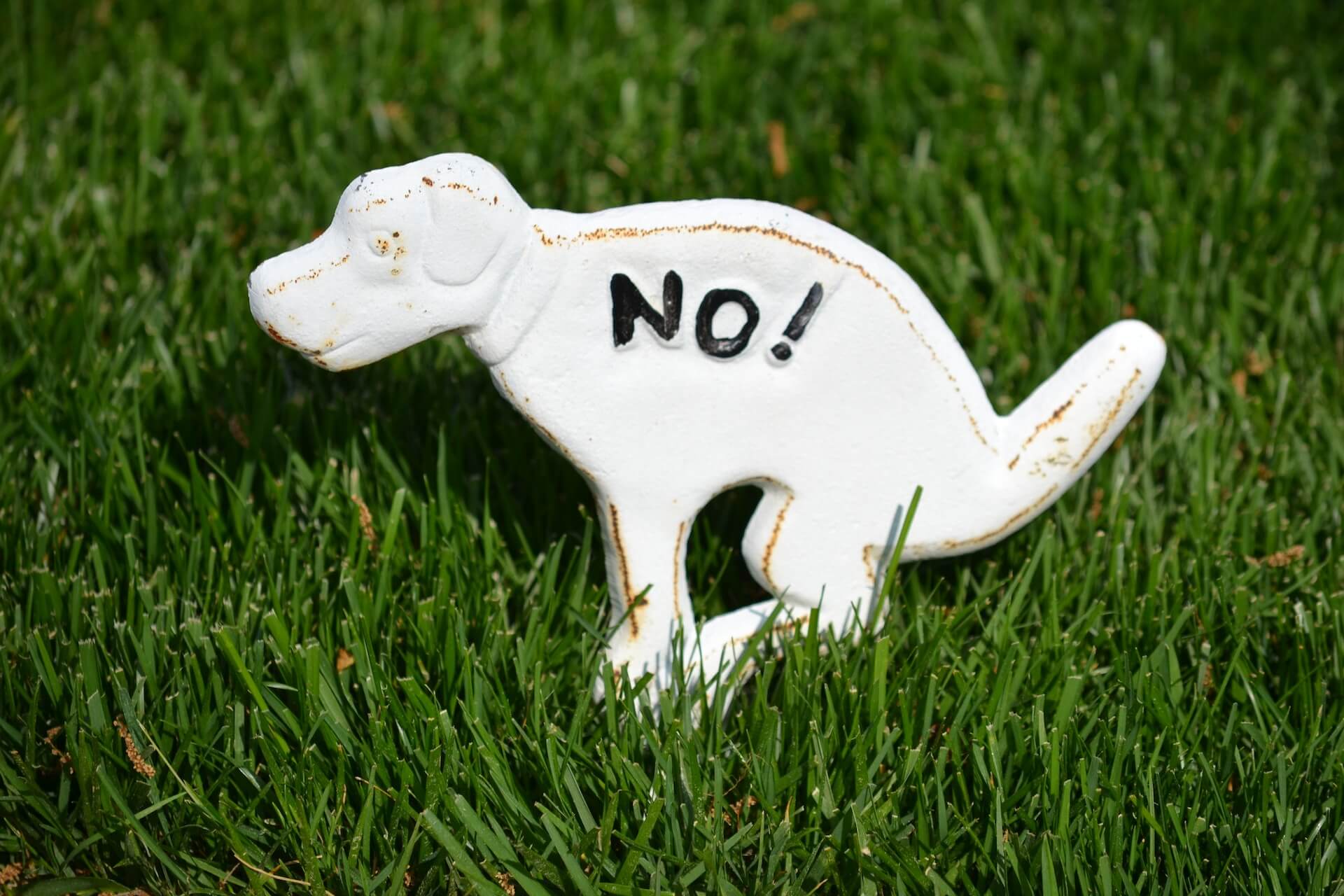
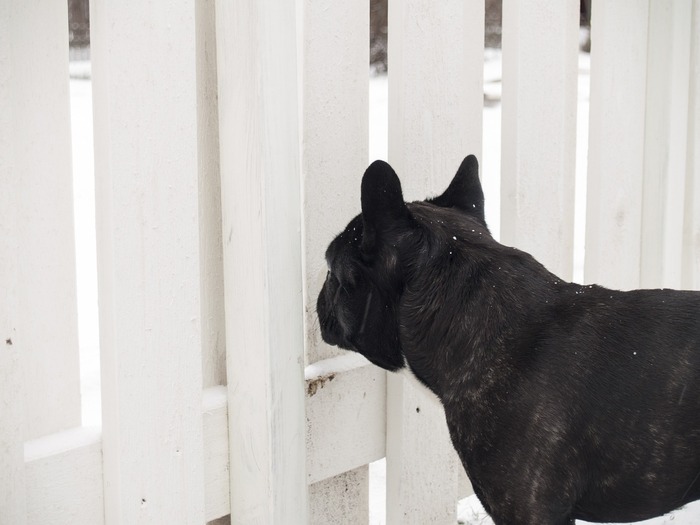
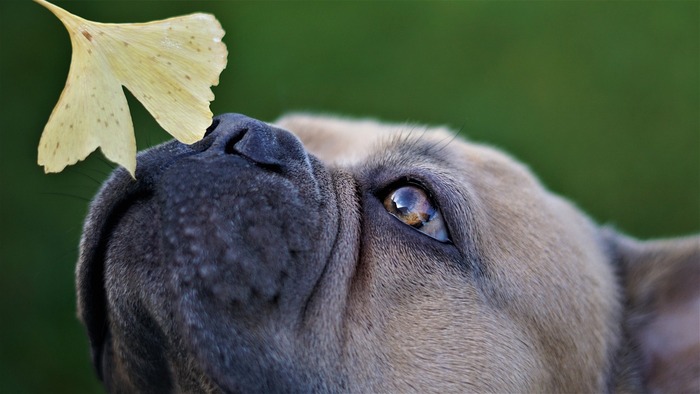
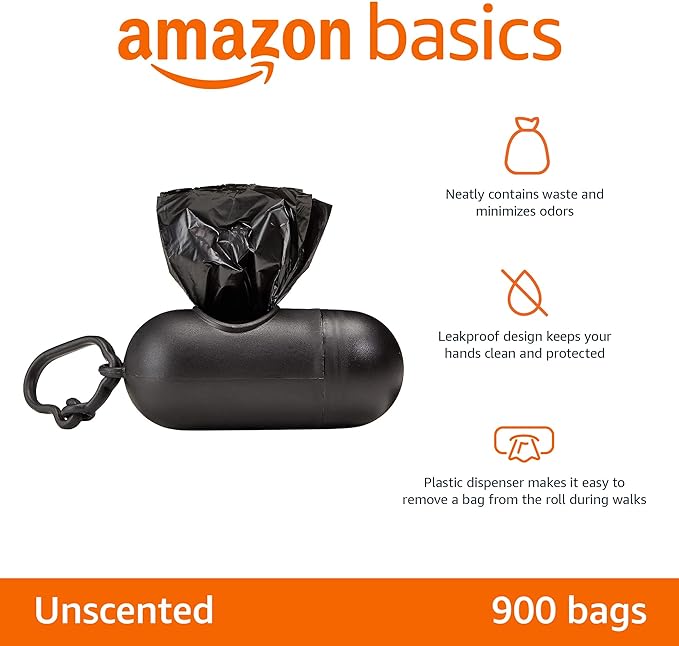
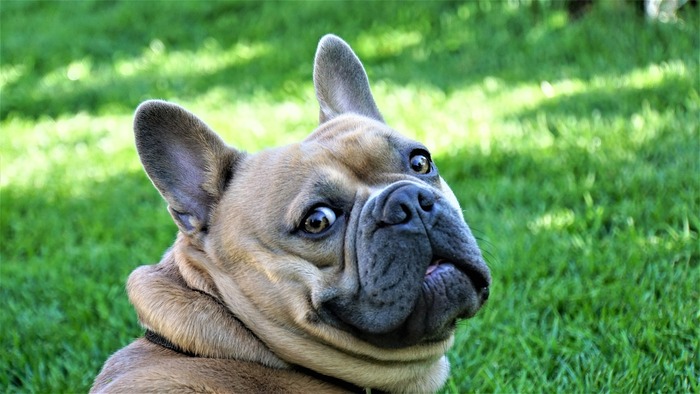
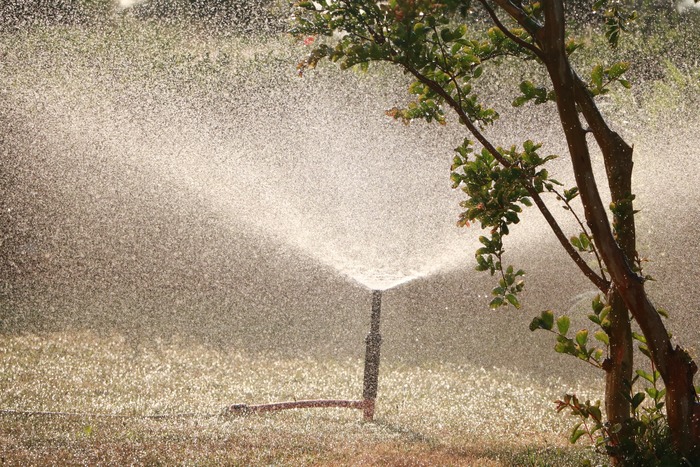
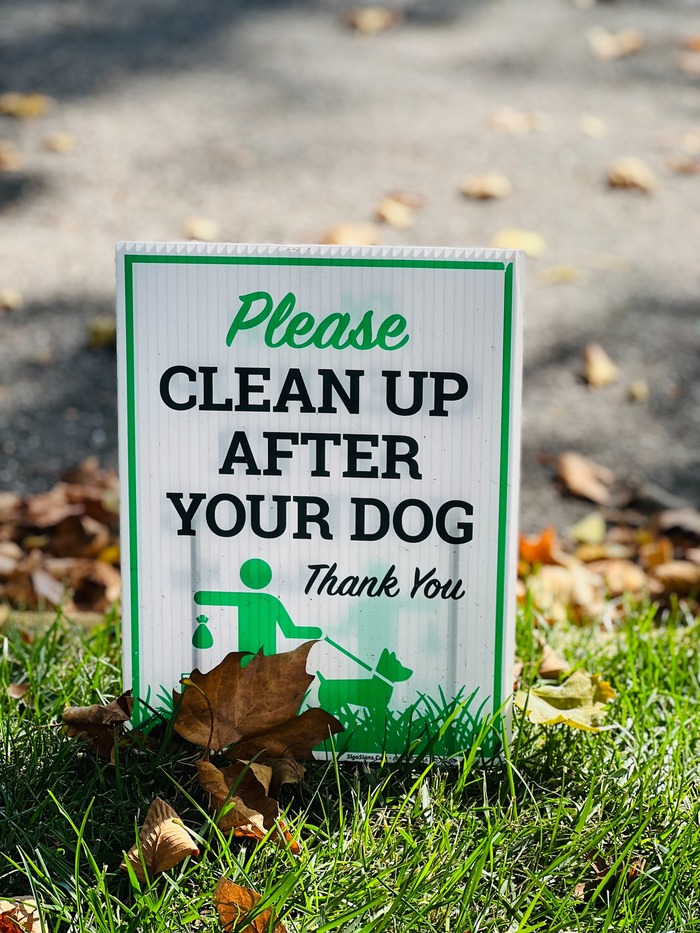







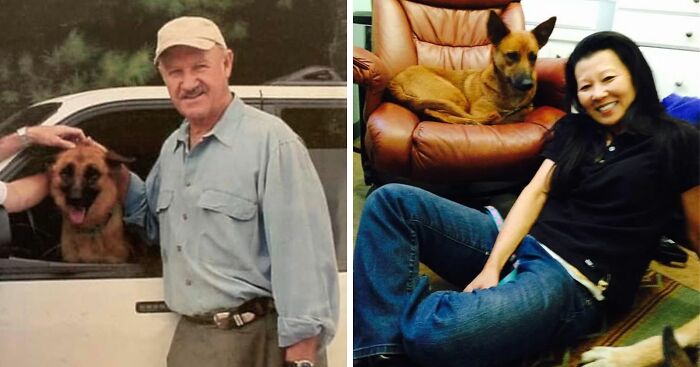

























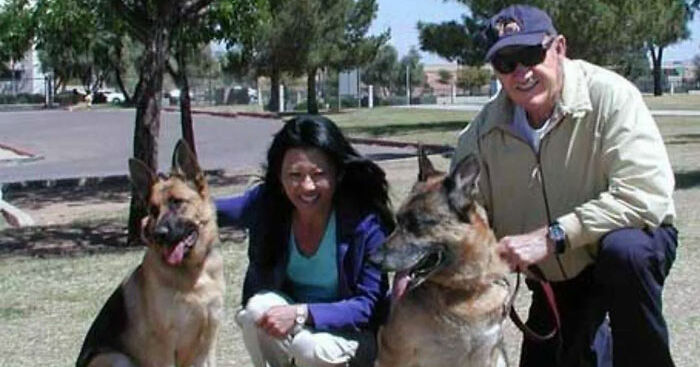


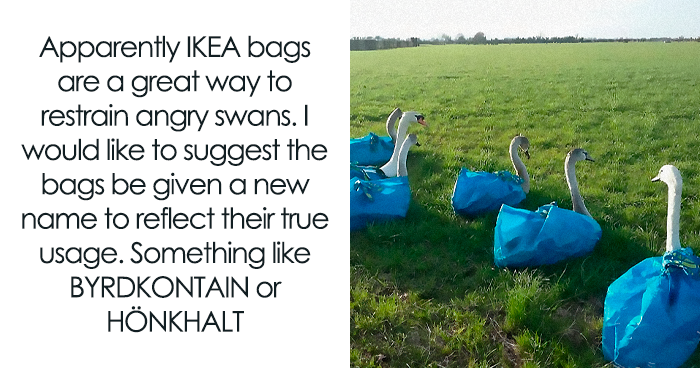


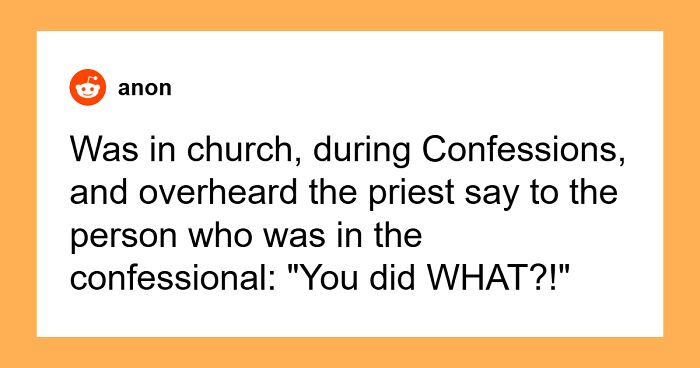



10
5